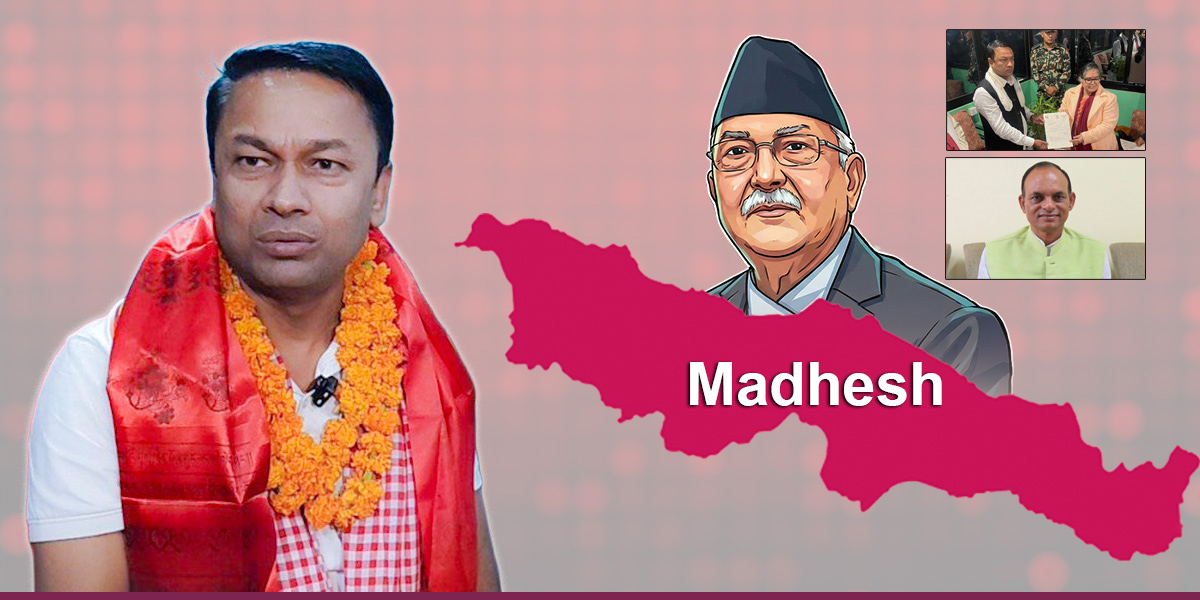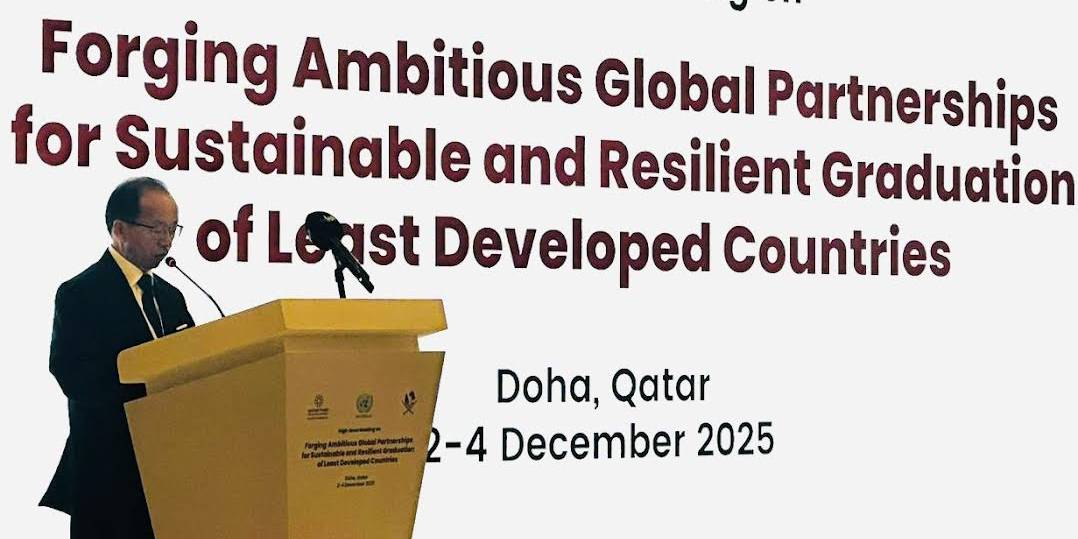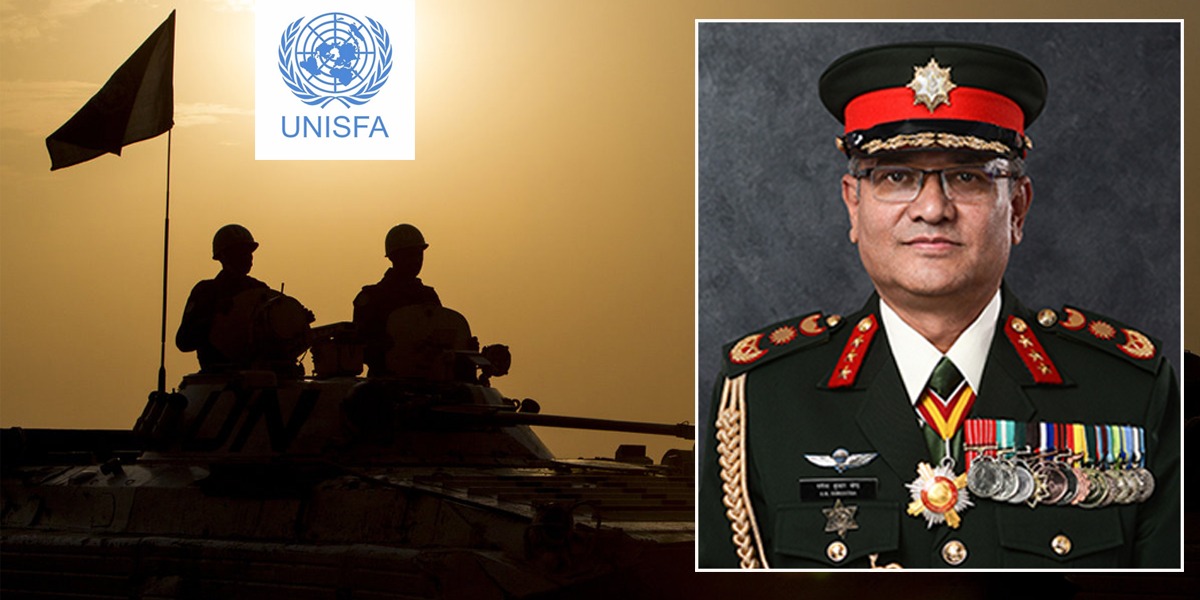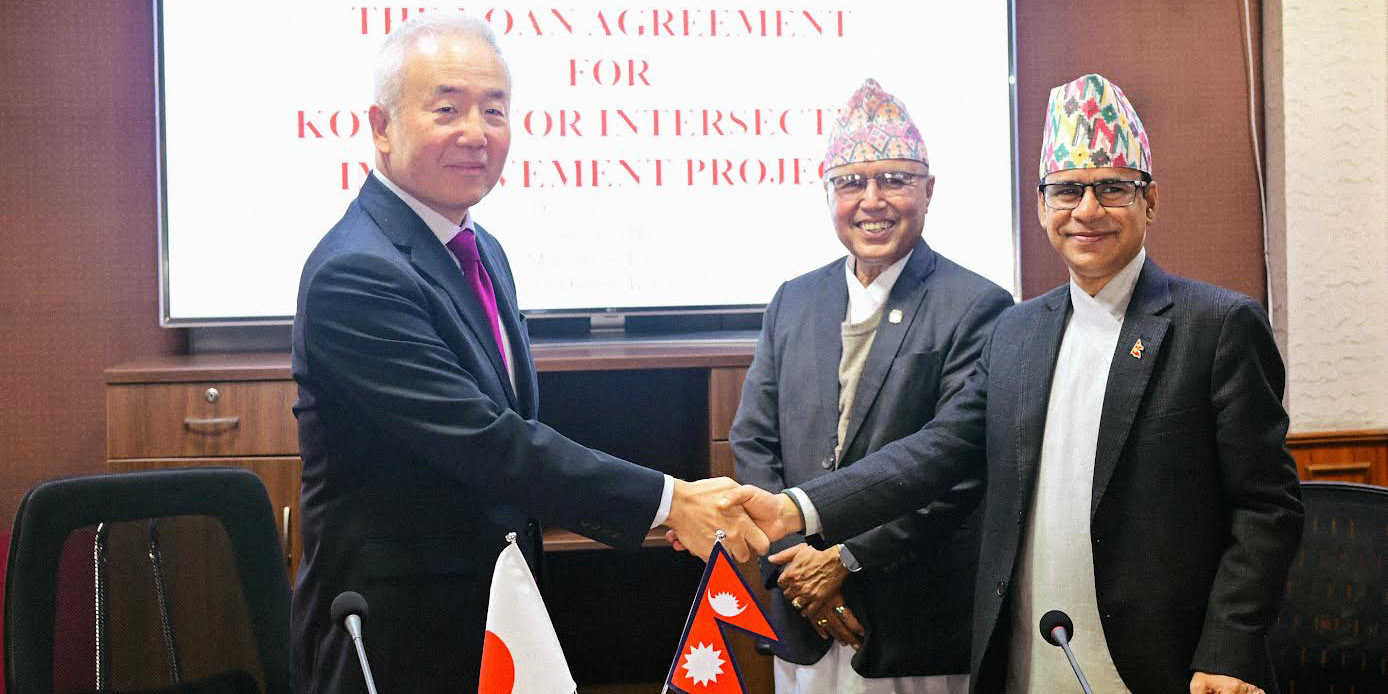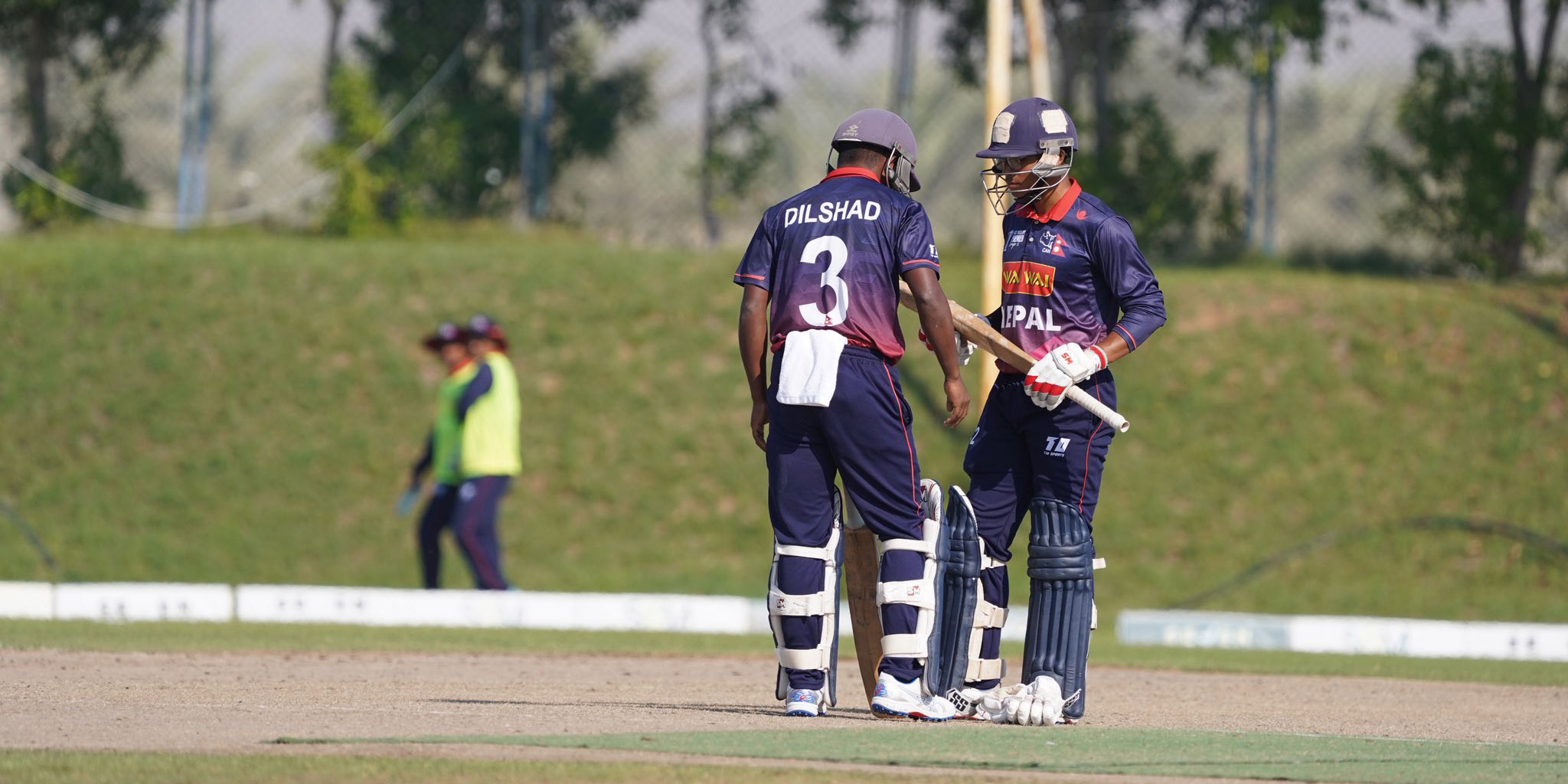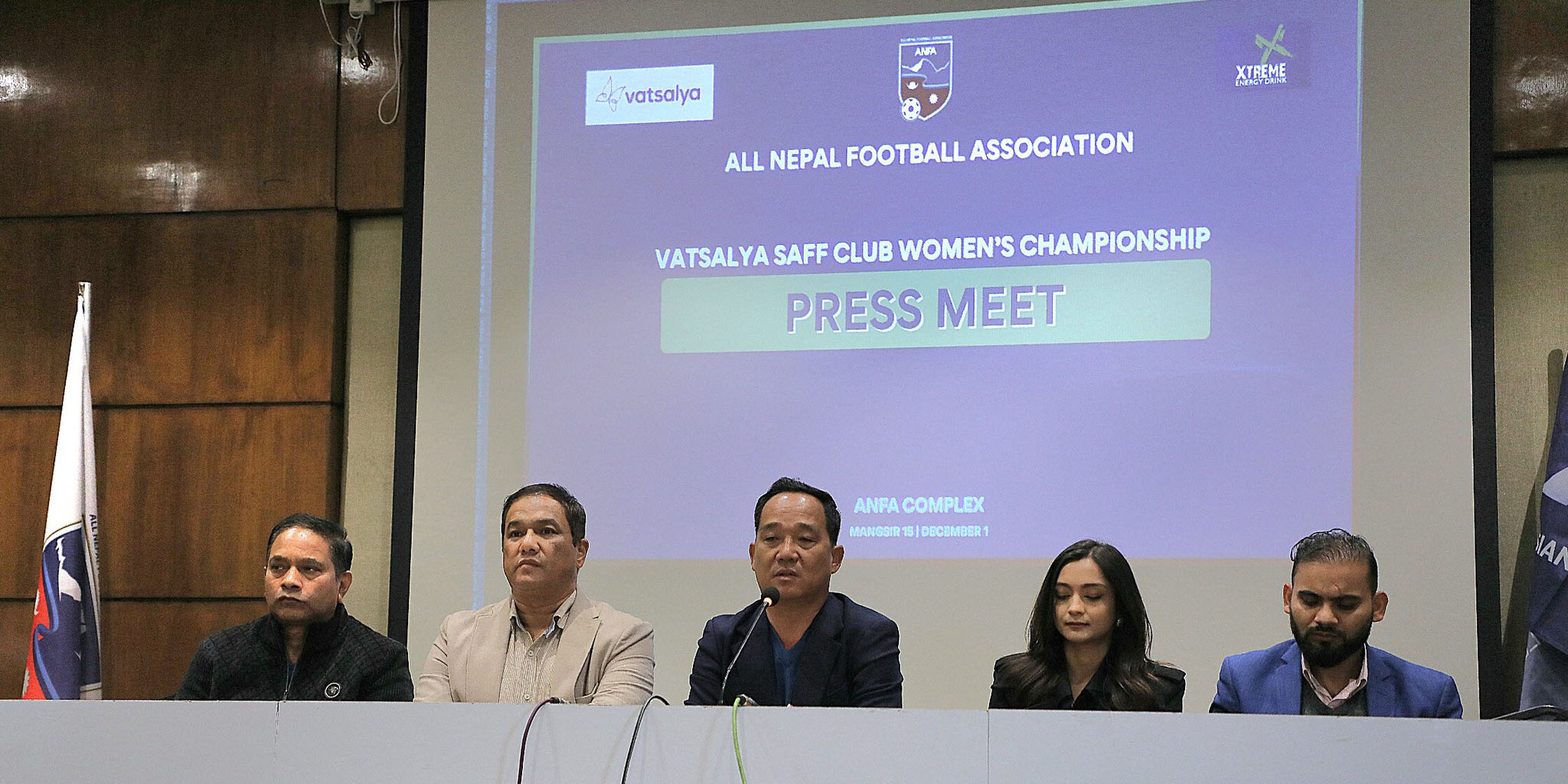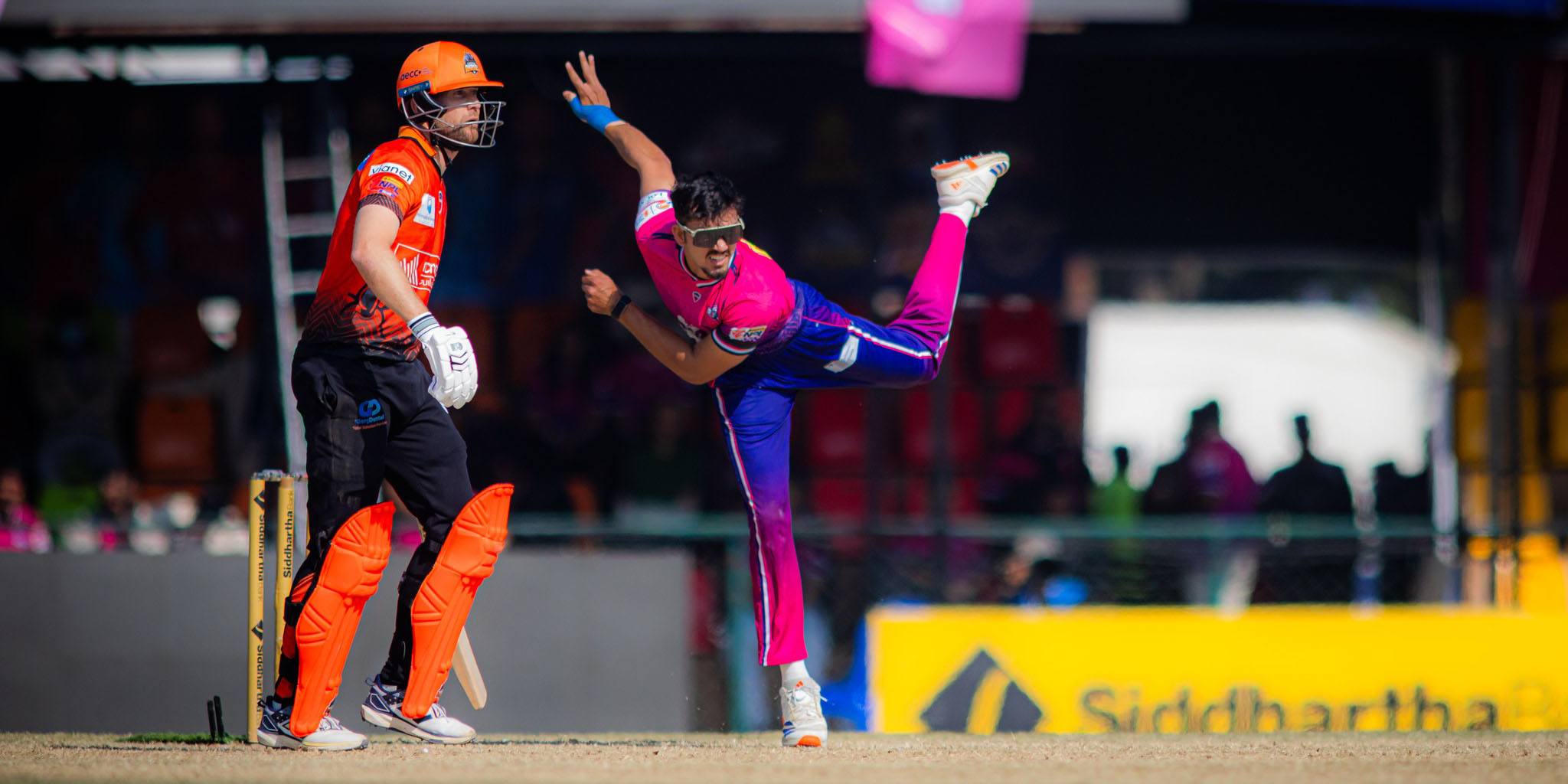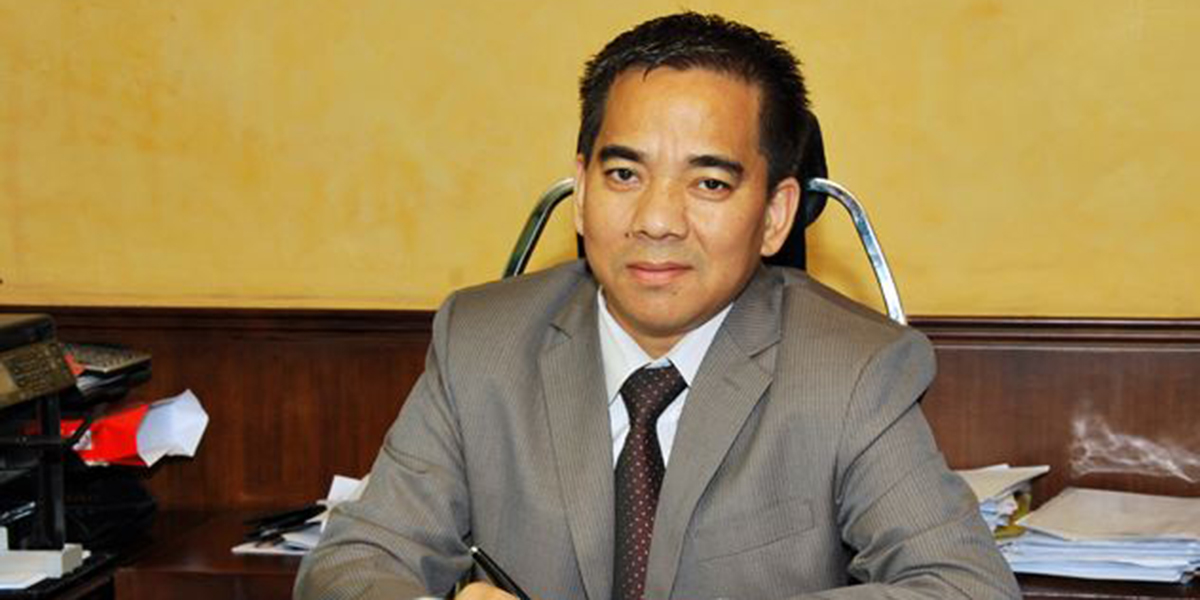
Pushpa Badi is the first elected mayor from the marginalized Badi community in Nepal. He has set an example by establishing a One-Stop Service Delivery center in Chaurjahari Municipality in Rukum becoming the first local government to do so. The integrated service delivery approach has addressed dillydallying and corruption. In an interview with Himal Press, he shared insights into how service delivery has improved in remote areas after integrated service delivery began in Nepal. Excerpt:
As Nepal’s first mayor elected from the marginalized Badi community, how do you see this achievement translating into tangible development benefits for marginalized and underserved communities?
After the country went into federal setup, the constitution introduced progressive agendas like proportional representation and inclusion. I got an opportunity to exercise executive power representing one of the most marginalized communities. People have now realized that marginalized communities themselves should take the lead to bring change. That’s the beauty of the 2015 constitution.
The physical presence of leaders from marginalized communities in executive positions means a lot for backward people. These days, what I feel is that the vision of backward communities can be materialized when they get an executive role. Their presence makes a big difference in the lives of marginalized people.
Only those who faced discrimination can feel the urgency to act on certain things. So, I am now trying my best to implement my vision after this historic achievement.
Please tell us about your previous background, existing position and works that you have been doing in recent years.
I belong to the Badi community. Traditionally, we used to do fishing, make musical instruments like madal, sulpa, and were involved in other recreational activities such as singing and dancing. We survive on seasonal grains given by high-caste people as wages in return for the work we do. Only 50% of total Badis own house. It is only recently that Badi families started to build their own houses. But they lack land for farming. It is perceived that bad luck will happen and the crop won’t yield fruits if Badis do farming. I did just what many Badis used to do for my survival.
Badis are economically poor and socially excluded. Their representation in politics is almost zero. I am the only Badi holding executive position. So far, only two Badi women have been named members of parliament. Three local governments have named Badis as their executive committee members whereas altogether seven Dalits are now in mayoral positions.
With a total population of 38,603, Badis are ranked at the bottom within the Dalit hierarchy. Despite this, what I now realize is that if the parties sincerely respect the Constitution marginalized people also can hold executive positions. Representation of all castes, religions and communities is possible. Their representation ensures wider acceptance of the Constitution and delivers better results. I am an example of this.
What difference did you make after getting the mayoral position?
Born in a Badi family I was a common citizen. I was working as a social activist. I have now done several good works with long-term impact in the society. For example, the municipality has started distributing free dresses and textbooks for all primary-level students. I enforced this decision when I remembered how we were deprived of education for not having a pair of school dresses, textbooks and copies. In the absence of timely treatment, critical patients were dying on their way to the hospital. To avoid those accidental deaths, we have arranged a free ambulance service. Health insurance schemes are giving wider access to health facilities, benefiting Poor, Dalit and marginalized communities the most. Under this scheme, a family categorized as poor and backward can enjoy health treatment by depositing Rs 3,500 ($25). City buses are in operation to give easy access to public transportation.
A ‘One House One Tap Campaign’ is ensuring clean drinking water. At least 85% of people now have access to clean water for drinking. The construction of two major drinking water projects worth millions of rupees is nearing completion. Once these projects come into operation this year, every family will get access to drinking water facilities.
I remember that many of us used to rely on diyalo (firewood from pine trees) for light in the absence of electricity. Many were not able to afford kerosene. Now, 85% of households have electricity. Road access is available for all ward offices and settlements. All 14 wards have their own health office. By the end of this fiscal year, the construction of two ward offices will also be completed, making 14 ward offices providing services from their own offices.
Local governments often face a gap between community needs and the resources available to meet them. How are you addressing this challenge?
Even as we have limited resources, people have high hopes for local governments. We are only addressing their basic needs. This is because we have no adequate resources. There is no coordination among federal, provincial and local governments. We know what the federal government is doing only when disputes emerge in implementing development projects or calling public tender. We can only see construction activities here. We cannot punish or reward projects based on their performance. So is the case of the provincial government. Local governments have no role at all in monitoring mega projects.
Provincial government is less concerned about development activities. It is struggling for self-existence. Being the government at the people’s doorstep we need to be accountable. Our first priority is education. Thirty percent of the total budget is allocated for education followed by health and drinking water. We have given the first priority to infrastructure development in implementing the budget. The second biggest investment is for agriculture. Our understanding is that self-employment will ultimately support income generation.
To improve education quality, we are conducting municipal-level examinations at grade 3, grade 5, and grade 8. Teachers from other schools are assigned to conduct examinations to prevent irregularities. The municipality has mobilized 118 sports teachers. This has improved education quality. Still, we are struggling to adjust subjective teachers as the court prevented us from transferring them.
We have managed city buses, ambulances, health insurance and drinking water to address the people’s immediate needs. Ideally, the federal government should have engaged in constructing mega projects, provinces in middle-size projects and our role at fixing local problems. The federal government is releasing the budget for small projects, and the province is focused on smaller projects. Given this context, we have suggested the federal government not to design a program worth Rs 10 million. Provinces should allocate budget for the project worth above Rs 5 million so that the people can feel better. Local governments can do small things– education, health and reproduction.
Earlier you talked about health insurance. How does this scheme benefit the poor people?
It is for poor, disabled and marginalized people. Martyr’s family, poor, disabled, widow, and two communities– Badi and Kumal—are listed under this category. It is a transparent process. A total 1,284 families are categorized as health insurance beneficiaries. Families from such backgrounds need to deposit Rs 3,500 and they can get health coverage in two of our hospitals in the municipality or in Nepalgunj and Kathmandu in case local hospitals fail to cure them. In Kathmandu, Patan Academy of Health Science and Bir Hospital, and Bheri Hospital in Nepalgunj are designated for those patients. To manage the health insurance program, the municipality has mobilized officials. If a family is insured five family members are insured for treatment. This insurance scheme should be renewed annually—three months before the expiry.
To accelerate progress towards the Sustainable Development Goals, Nepal needs to attract more investment. How is Chaurjahari Municipality faring in terms of meeting the SDGs?
So far, we have been formulating a budget and annual program with a mission to achieve 17 SDG goals. That is why we are focused on key SDG targets such as health, education, drinking water, employment and nutrition. We have formed child clubs to create awareness for ending bad traditions like child marriage and drug addiction. Cash incentives are announced for inter-caste marriages. It is for ending racial discrimination. So far, two couples received cash awards for inter-caste marriage.
By the end of this fiscal year, every household will get tap water. That will ensure the availability of drinking water for all. Two drinking water projects—one in Jogineta with an investment of Rs 6 million and another in Kotjahari with an investment of Rs 370 million are being completed. We have made good progress in the health sector. But it has been a bit difficult to prevent child marriage and drug addiction. That is why awareness campaigns against bad traditions are underway.
For new mothers, the provincial government and the municipality have launched a nutrition program. Under this scheme, both babies and new mothers get a “nutrition bag”. Health professionals make periodic follow-ups. Pregnant women get iron tablets. We provide free ambulances for new mothers. Senior citizens, new mothers and the disabled get bus rides at a discount rate. The municipality has its own hospital.
So far, we are confident that we can achieve SDGs within the set deadline. It would be great to achieve those targets if there’s better coordination among local, provincial and federal governments. As per the spirit of the constitution there should be better coordination, collaboration and co-existence among all levels of government. But provincial and federal governments are competing to establish their existence instead of making good coordination with the local government that is actually working the most. That’s against the spirit of federalism.
Most infrastructures built by federal and provincial governments do not meet quality standards. People suffer the most because of this kind of mentality. Still, we can not question them. Contractors closely work with the federal government.
One of the recent successes of UNDP projects in Karnali Province has been the establishment of a One-Stop Service Delivery (OSSD) center in Chaurjahari, providing efficient and accessible services to local residents. What inspired you to do this?
I often visit government offices for my personal and official work but they are not people friendly. That is why I was brainstorming ways to change the system. At the same time, an employee from UNDP consulted with us on how service delivery can be improved at the local level. I wanted to do something significant such that service seekers could remember my work in the long run. As I had come across hundreds of frustrating service seekers returning home without accomplishing their work despite spending the whole day there, I proposed to implement a one stop service delivery system.
UNDP liked my proposal. We now have our own server with a data store. Our system functions even if the electricity is not working. After implementing One-Stop Service Delivery, tax pay is just a click away from anywhere. Those who have no access to the internet or can not do it on their own by using mobile phones can come to the municipality. Municipal officials ensure their service from single stop.
Under integrated service delivery service seekers are supported by municipal officials. They are given a checklist before their application gets registered. The municipal officials complete the expected task between 15 to 90 minutes.
Our next plan is to launch an integrated digital profile. We are doing this as we faced duplication in distributing immediate relief to earthquake survivors. We want to update the profile annually which is expected to avoid duplication. Further, it will make sense to know what kind of facilities locals are receiving.
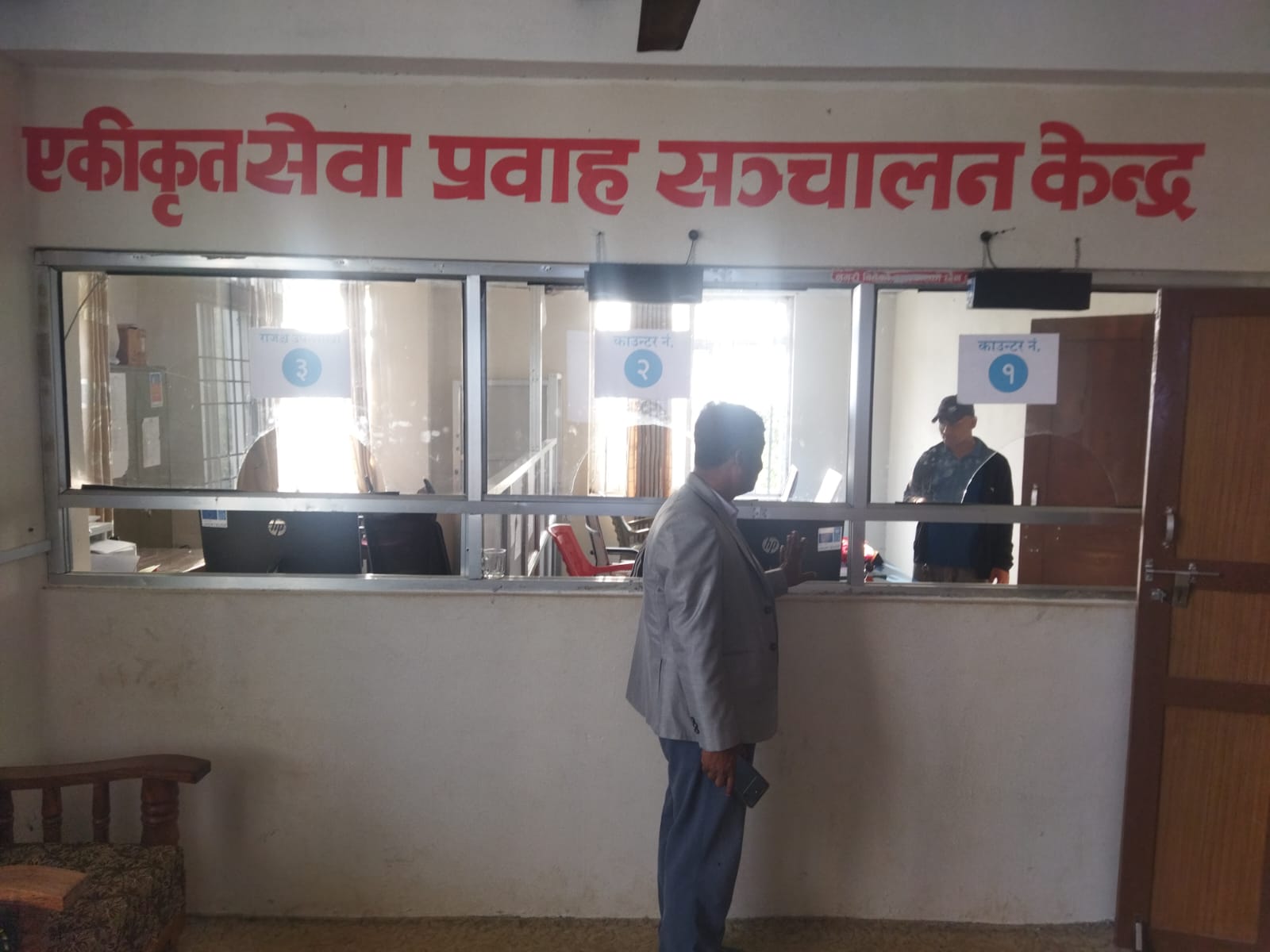
How did you make this possible?
This came into my mind soon after I came to this office as the mayor. But the municipality has neither the budget nor additional staff to implement this program. Still, we began to collect feedback from service seekers by developing a service seeker satisfaction survey form. Service seekers were not interested in feedback.
I and our CEO were taken to Kaski by EUSIF project for an exposure visit. I noticed that Shuklagandaki Municipality was implementing integrated service delivery manually. Files were classified and forwarded to the concerned department. That was slightly easier than the traditional way of working.
I wanted to do the same digitally. I told EUSIF employee, “Let’s do some sustainable work so that people won’t forget us after the expiry of this program or my term is over.”
UNDP agreed to collaborate and gave Rs 1.2 million. The assistance was used to buy a server and seek permission from the Ministry of Home Affairs. It connected all services being provided by the municipality into an integrated system. A work procedure was developed so that service seekers could provide feedback on our system and social media accounts. Service seekers can use our toll-free number as well.
Let’s explain this in a different way. Suppose that I arrived at this municipality for my work. How can I get my service from a one stop service delivery center?
First of all, you have to collect a token. Municipal officials will give you two different tokens, one for meeting the mayor, deputy mayor and chief executive officer and next one for official work. Based on your token city police guides where you should go. If you are seeking service, s/he will tell you to go to the registration desk. Then, municipal officials will give you a checklist required for your service such as required documents and fees. A booklet explains everything about services, signing contracts, payment, company registration and any other services. Then, the municipal official checks the details, makes sure everything is correct, takes the file to the concerned department and guides you to the registration desk if everything is fine. Once you are registered in the system, the display board will show your name and time to complete the expected work. They can ask you to come the next day if your work can not be completed immediately. You can track where your work progresses digitally while waiting there.
After completing the task, we survey our service delivery as well. City police personnel will give service seekers five tokens which they can drop into five boxes categorized from best to worst. Based on tokens dropped, we evaluate our work performance on a daily basis.
Public response is very positive. The municipality cares for every complaint. Free Wi-Fi is there. A breast-feeding room has been set up.
Is Chaurjahari the only municipality enforcing OSSD in Karnali province?
Five local governments were selected for this kind of project. However, we are the only municipality implementing the program successfully. A municipality in Dailekh has also tried but it hasn’t implemented it fully. Our dedication and support from EUSIF made this possible. Its credit goes to Tek Bahadur Rana, an employee of EUSIF. He worked hard.
Our second target is to launch the Green Jaharikhola Project where we want to promote greenery along the river banks, develop it as a green tourism destination and income generation source that too keeping its original shape intact. Under this project, we want to build embankments, plant bamboo, build trekking trails and fish ponds along the river banks and ensure the livelihood of people reliant on agriculture.
What other lessons can other local governments draw from Chaurjahari’s experience?
First is good governance. Before we started OSSD, I never knew what municipal officials were actually doing. Bureaucrats reach their office at 10 am and think their job is done at 4 pm even if they did nothing. Now, they should stand by their desk as files can come their way anytime. If she or he is not available at the designated desk, I should be accountable for their absence. Thus, we have established a system under which civil servants can not leave the office.
Second, it is accountability. This holds people’s elected representatives accountable. That is the reason many offices don’t want to implement OSSD. They do not want to ensure accountability toward the people the way we are doing it here. But there is no other option to ensure accountability to the people.I can not say about external dealings but I am confident that there is zero corruption for doing public work. And, if anyone is found involved in bribery, we take action immediately.
A few months ago, Karnali Province’s chief minister arrived here. I asked him to allocate Rs 2 million to each local government to implement an OSSD program, discontinuing the chief minister program. If he does so, according to my suggestion, he will be the most successful chief minister. Otherwise, people will keep suffering.
If you go to Singha Durbar, bureaucrats always order you to go to the next room without telling the name of the people supposed to meet or his room. As a mayor, I have access to Singha Durbar and I could find that next room. But ordinary people can not even enter Singha Durbar premises. How can they get the expected service?
That is why this OSSD program should be operated by the Office of the Prime Minister and all ministers—home ministry, defense ministry and supply ministry. Then, it should be followed by the Chief Minister, his ministries and other key offices such as DAOs and Land Revenue Offices. I can tell you with full confidence that 50% corruption will decrease if an OSSD is implemented in all government offices.

 Himal Press
Himal Press 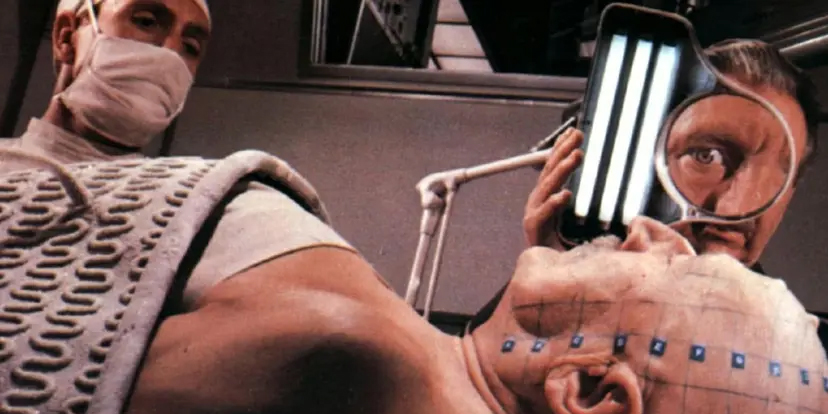
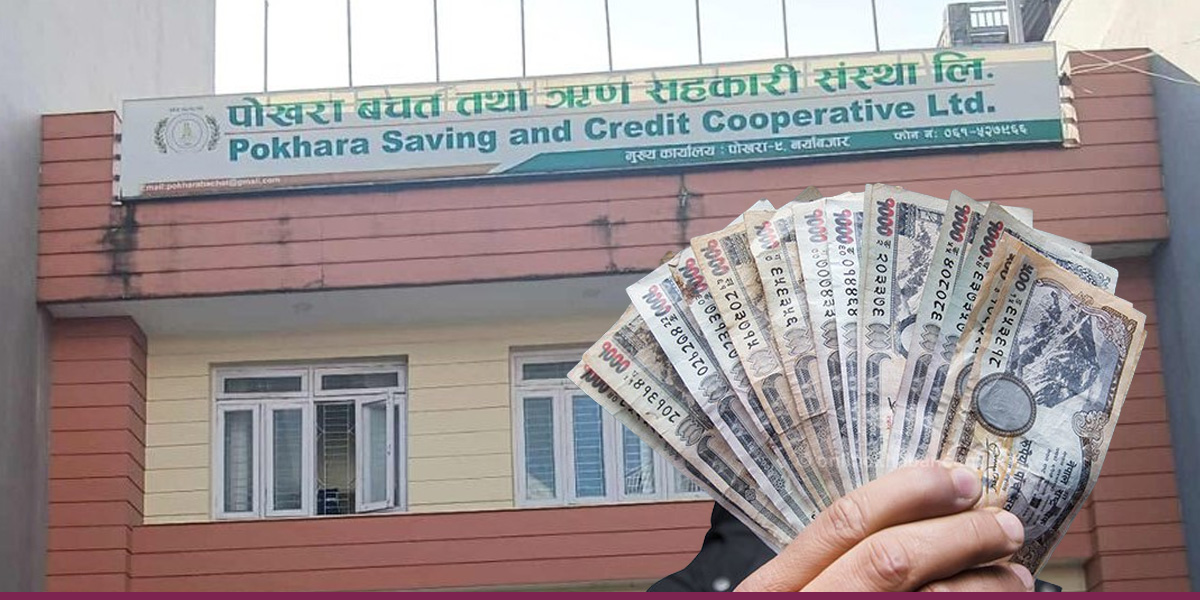
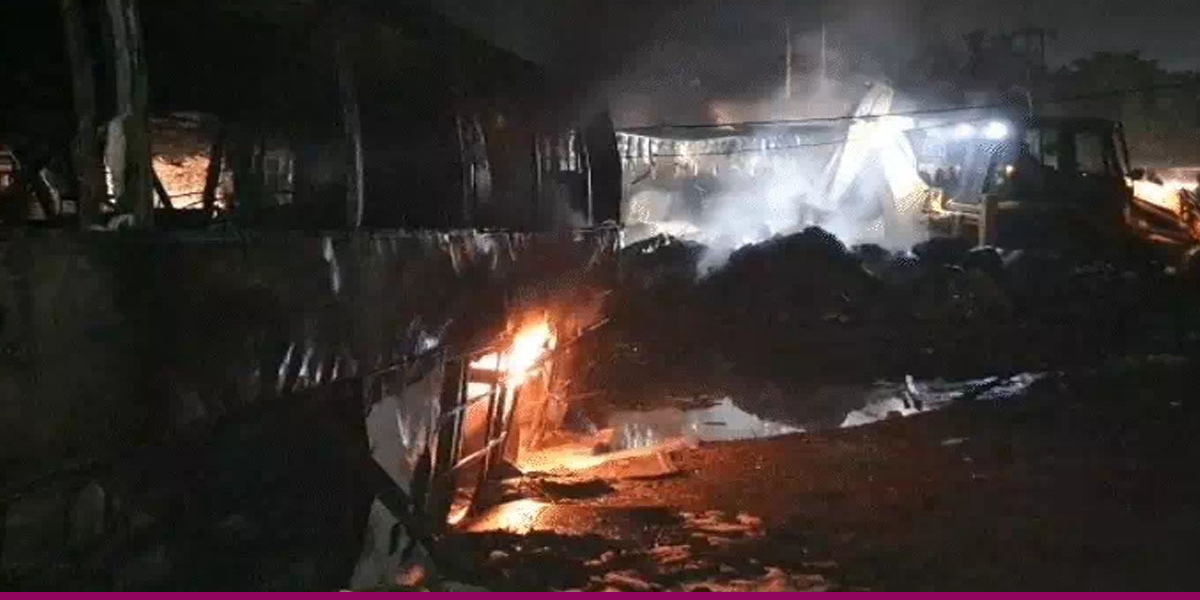
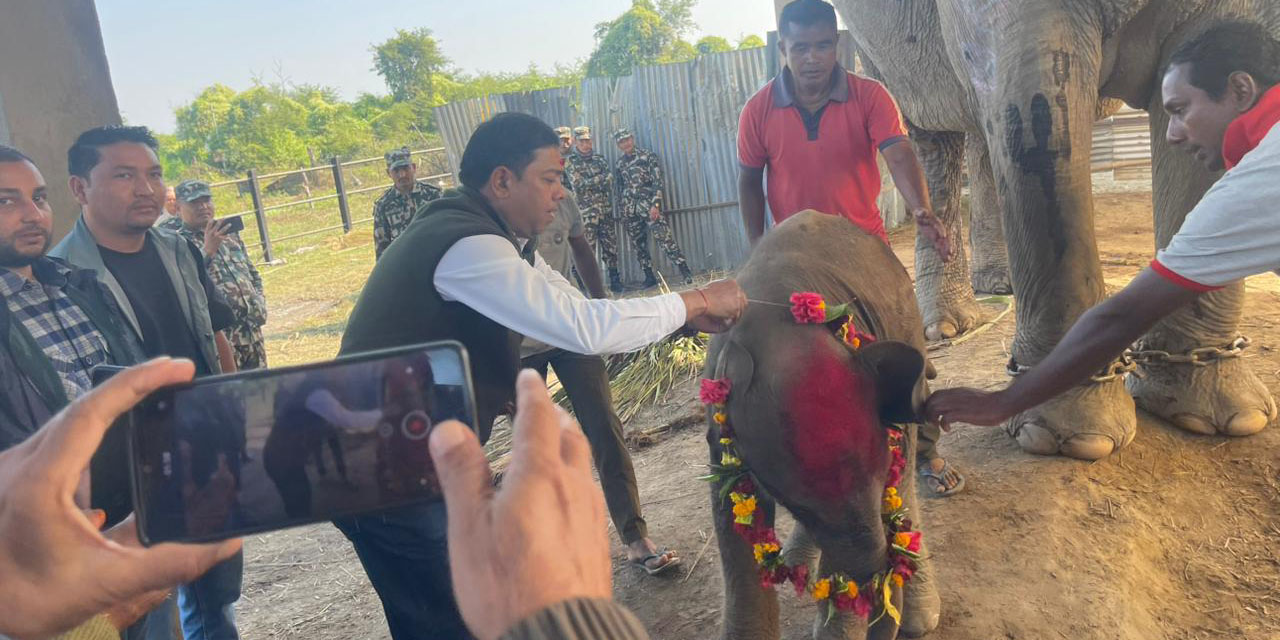
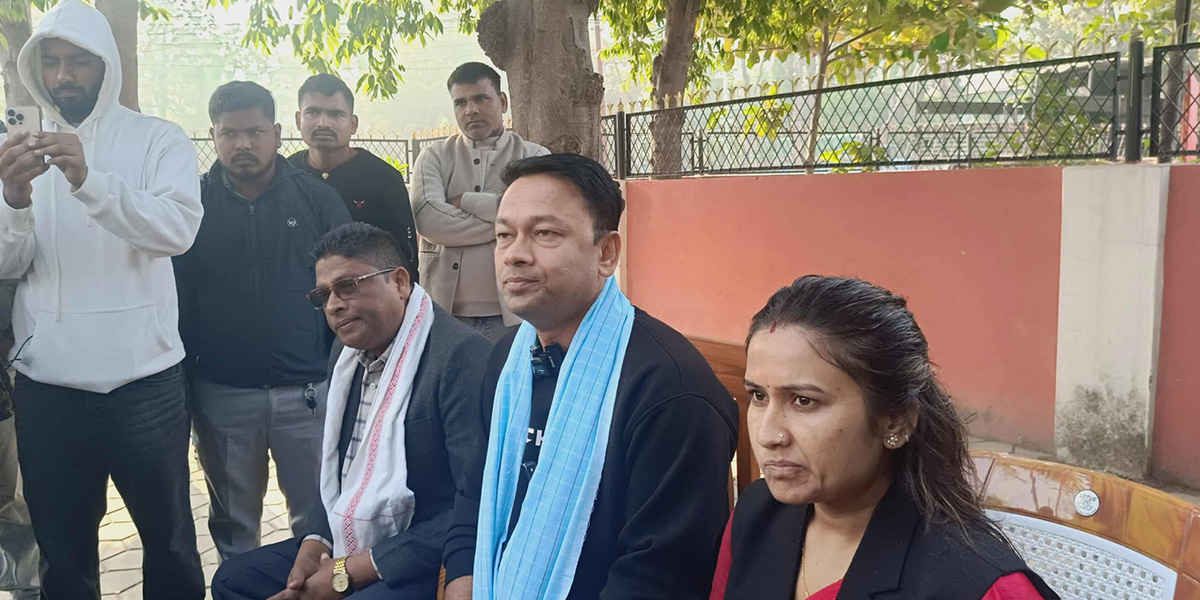
![Bibaha Panchami festivities observed in Janakpurdham [In Pictures]](https://en.himalpress.com/wp-content/uploads/2025/11/584394131_770830589319498_962420551889758050_n.jpg)
